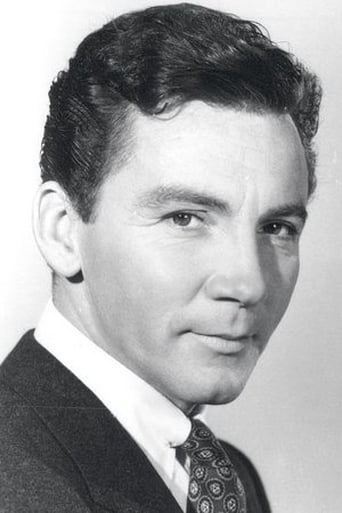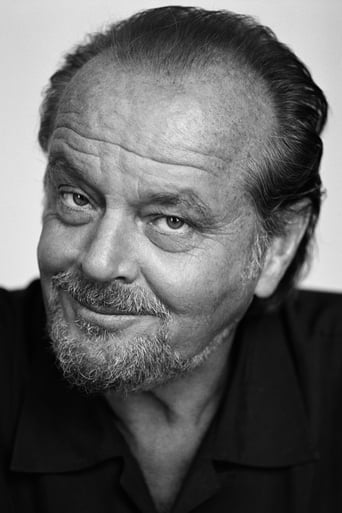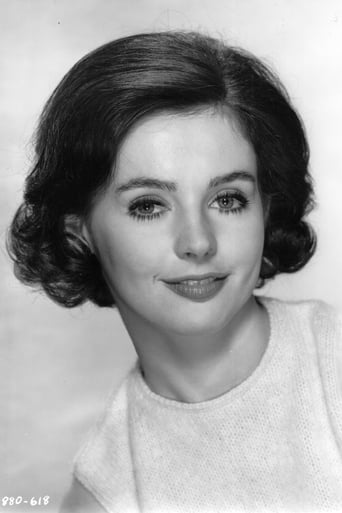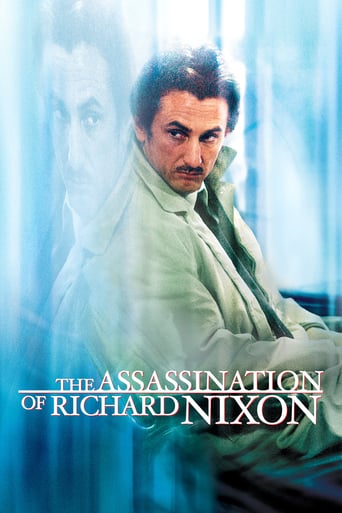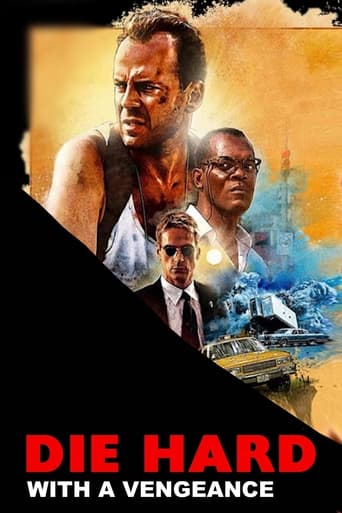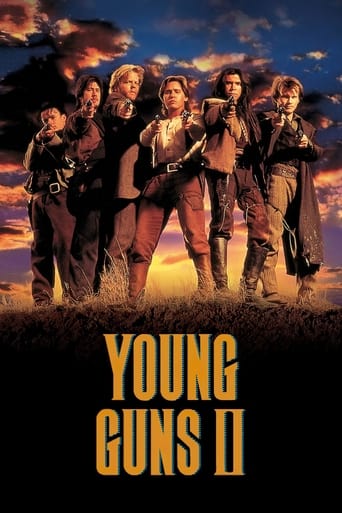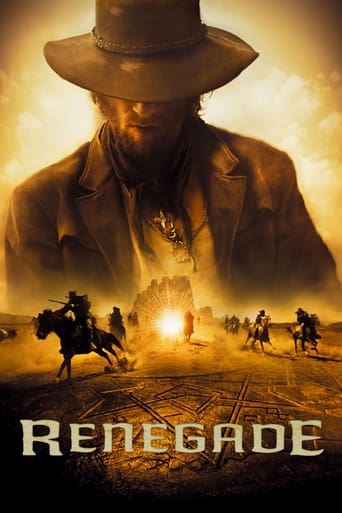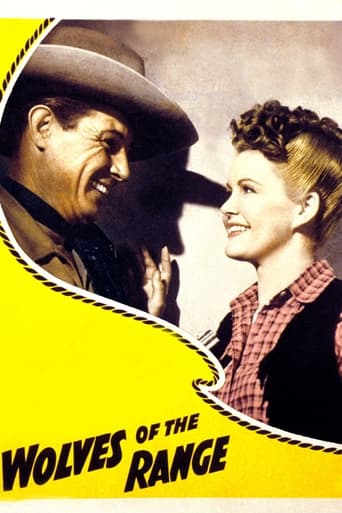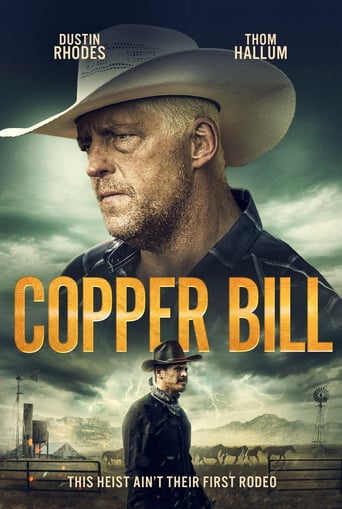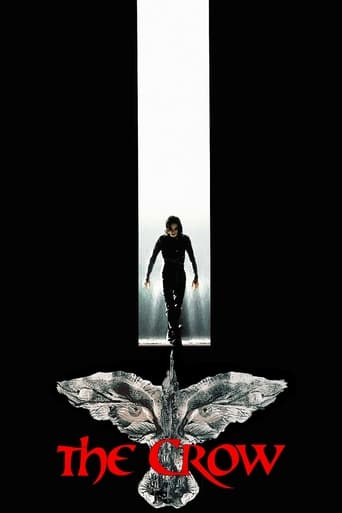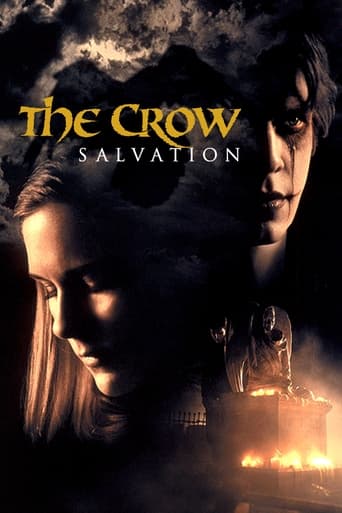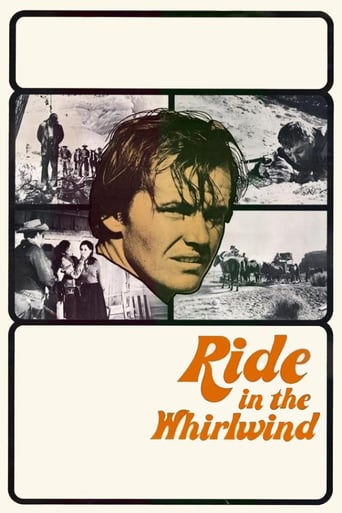
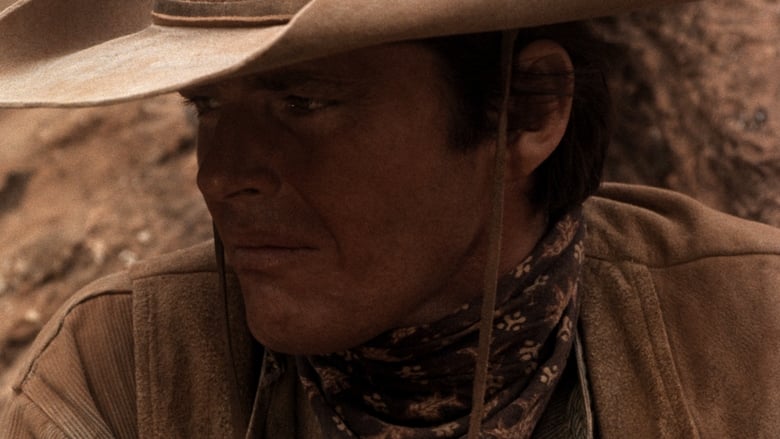
Ride in the Whirlwind (1966)
Three cowboys, mistaken for members of an outlaw gang, are relentlessly pursued by a posse.
Watch Trailer
Cast


Similar titles
Reviews
"Ride in the Whirlwind" is a good, engaging Western, which maverick low budget filmmaker Monte Hellman shot back to back with the critical favourite "The Shooting". It's more straightforward and thus a shade less interesting than that film, but it's still agreeable entertainment, and it even has some poignant and philosophical moments going for it. Hellman keeps the pace quite deliberate, never rushing through any scene. The action is well executed when it does occur, though, and the film is gorgeously shot on desolate locations by Gregory Sandor.A young Jack Nicholson co-stars; he also wrote the script and produced the picture with Hellman and an uncredited Roger Corman, who'd given Nicholson his big break. Jack plays Wes, one of a trio of travelling cowhands. His companions are Vern (Cameron Mitchell) and Otis (Tom Filer), and one day they happen upon an outlaw gang including Blind Dick (Harry Dean Stanton) and Indian Joe (Rupert Crosse). Blind Dick and company have just robbed a stagecoach, and a posse are on their trail. When the posse catch up to their quarry, they just assume that Wes, Vern, and Otis are part of the gang, and fire upon them as well. Wes and Vern are forced to run for their lives.Nicholsons' story is decent, but also pretty forgettable in the end. It's a largely low key story that concentrates more on character than such things as set pieces. It's the efforts of Jack as an actor, and the rest of the cast, that help to keep "Ride in the Whirlwind" watchable through its appreciably brief 83 minute run time. By the end, you really do feel bad for Mitchell and Nicholson, and are left to ponder the nature of fate.Worth a look for fans of Westerns, independent cinema, and Hellman & Nicholson in particular.Seven out of 10.
This one is much better in my opinion than The Shooting, which was made about the same time, mainly because the story made sense. The screen writing by a young Jack Nicholson is surprisingly very good.This was made on a low budget, and is a good example of how movie producers can make very good films without spending many tens of millions of dollars.There are decent performances by all the cast here. The movie is set in some wisely-chosen locations, and the camera work is very good.This one for me is more realistic and down-to-earth than most westerns. The characters are all believable, as are all the events - people are behaving the way people probably would in those situations.
Outstanding western. In my book, it's the best of Hellman's films, maybe because the 80- minutes has a distinctive story and little of Hellman's later intellectual posturing. Three itinerant cowpokes, on their way to a drive, are mistaken for outlaws by vengeful vigilantes, and have to ride for their lives after stopping by a homesteader family. All in all, there are faint echoes here of Wellman's vigilante classic The Oxbow Incident (1943).The story's upshot amounts to a series of genuine tragedies brought about by both coincidence and an uncaring posse. I really like the fact that contrary to Hollywood expectations, neither Wes (Nicholson) nor Vern (Mitchell) makes a move on the pretty homesteader girl (Perkins). They are, after all, concerned with surviving, not with a romantic subplot. Besides, her dad (George Mitchell) looks and acts like a really tough old guy. In my book, he delivers the movie's best performance. And catch that homestead where Dad, Mom (Squire), and Abigail live. It's the most convincing primitive shack and corral I've seen in many years of movie watching. Nothing cosmetic here. Instead, a really hard life on the frontier is driven home, though costuming could have made Abigail a little less spiffy looking. Nonetheless, that segment is the real heart of the movie, and produces a genuine tragedy when you think about it.And get a load of the countryside the men have to negotiate in their flight. It's as bleak and inhospitable as a devil's playground. There's no hope of living off the land for the fleeing men. It's like they've suddenly been condemned to the Third Level of Hell in order to get away. Here, Hellman comes across as an anti-John Ford since he does nothing to prettify the West either here or in The Shooting (1965). Neither is there any Fordian style humor. The acting throughout is grim and low-key as it should be. This, of course, is before Nicholson discovered that going over the top was a lot more fun than nuance. All in all, Hellman's minimalist style works well. Wisely, he does nothing to hype the story's tragic core. Instead, the viewer is left to think about the progression of events. In short, neither director Hellman nor writer Nicholson does anything to connect the dots, but they are there. The ending, of course, is unconventional in the extreme and might be taken as posturing on Hellman's part. But I found it-- if not satisfying-- at least appropriate for what had gone before. Too bad Hellman didn't continue to combine his minimalist style with story content, instead of allowing style to replace substance as he unfortunately does in his later work. Had he done so, we might have gotten one of Hollywood's truly outstanding and innovative careers.
After their proposed film about abortion was turned down by the studio in 1965, Jack Nicholson combined with Monte Hellman as writer/director to produce two Westerns for producer Roger Corman, each shot in the space of eighteen days on a minimal budget. The two films, The Shooting and Ride in the Whirlwind, were never released in American theaters but built an audience from television and European showings. Gradually developing a cult following, they have now been restored and released on DVD in North America. Though filmed in the Western genre, Ride in the Whirlwind might justifiably be called an anti-Western since there are no heroes or villains, no one to love or hate. There are just people going about their life trying to survive as best they can, operating on a rigid code of behavior that does not allow them much flexibility.After a stagecoach is held up by Blind Dick (Harry Dean Stanton) and his gang, the gunmen retreat to an isolated cabin to spend the night. Passing through are three cowboys Vern (Cameron Mitchell), Wes (Jack Nicholson), and Otis (Tom Filer) headed to Waco Texas after the rodeo they were to perform in is canceled. They pass a lynching victim strung up on a pole, and stop at the same cabin where the gang is holed up looking for some rest. Surprisingly, they are welcomed by Blind Dick, ostensibly the one responsible for the lynching but find that they soon have unwelcome visitors. The sheriff and his posse have surrounded the house and begin shooting at the occupants, wrongly assuming that the three travelers are also part of the gang.Inarticulate, the cowhands are unable or unwilling to try and explain to the lawmen the fact that they are innocent. After a protracted shootout, Otis is killed and the gang members are burned out of their cabin and hanged. Vern and Wes escape on foot but are followed and tracked by the lawmen, bound by their code of unthinking frontier justice. The two innocent men stumble upon a farmhouse that had already been visited by the posse and are looked after by a farmer Evan (George Mitchell) and his daughter Abigail (Millie Perkins).Eating and passing the time playing checkers, they know that sooner or later the posse will come back, if only to court Abigail. When they do return, Evan's inability to see that Vern and Wes have no choice but to steal two horses is very costly. In debunking the Western myth of good guys and bad guys, Hellman has directed a film in which the ordinariness of the life overshadows the mythos of the exciting frontier. Yet while Ride in the Whirlwind may be one of the most authentic and haunting Westerns ever made, it is also one of the saddest, a film in which the operative word is not justice or camaraderie but loneliness and lost opportunity.


